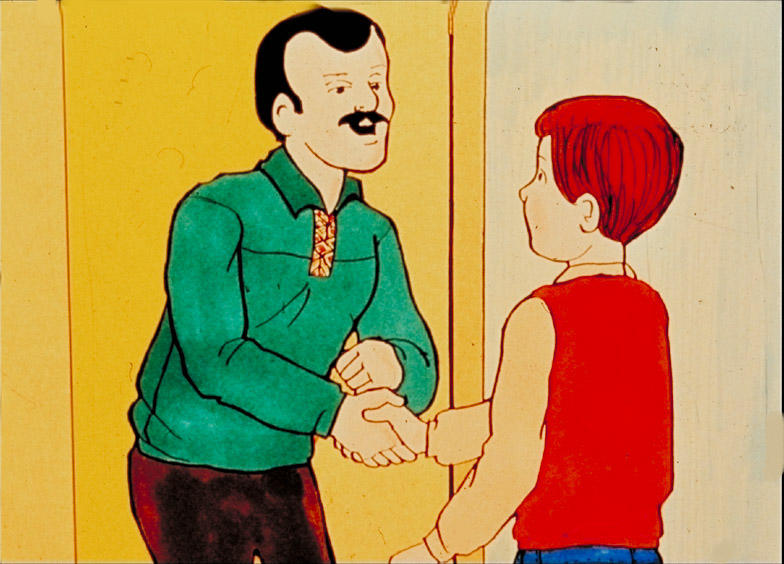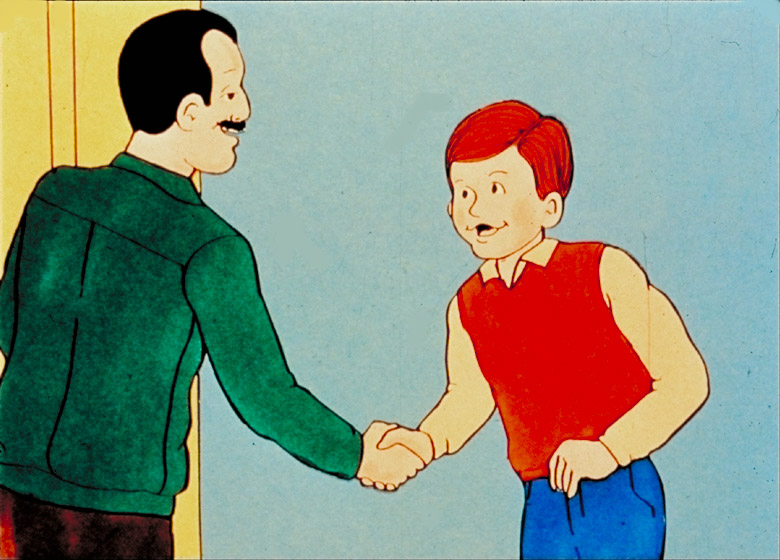 |
||||||||||||||||||||||||||||||||||||||||||||||||||||||||||||||||||||||||||||||
|
This lesson introduces you to some basic word patterns and sentence structures commonly used in Ukrainian. You will see references to phrases which were presented in the dialogue. Lesson 2 also introduces the following information about Ukrainian nouns:
The following words and phrases are presented in Unit 1 and will be treated as global expressions.
In both English and Ukrainian, a noun is the name of a person, place, thing or quality. Ukrainian nouns Чоловічий рід – Masculine Gender Such nouns refer to a living male being, and generally end in a consonant.
However, masculine living (animate) nouns may also end in the vowel o, the letters ій and the soft sign ь.
Masculine non-living (inanimate) noun endings follow the same pattern. More information will be provided Жіночий рід – Feminine Gender Feminine nouns referring to living (animate) things and non-living (inanimate) objects generally end in а, я
Nouns in Ukrainian have seven different forms called cases, which denote the relationship that a noun has to the other words in the same sentence. The English language does not use cases, but many other languages including German, French and Spanish are also case-driven. Називний відмінок - Nominative Case This is the basic form of the word before the ending is changed. It is used:
Кличний відмінок - Vocative Case This case is used when addressing someone or calling out to them. Masculine nouns ending in a consonant
Feminine nouns ending in a vowel take the ending o.
The nouns пан (Mr.) and панна (Miss) take the same endings as masculine and feminine nouns. However,
As you will note in all of the examples given, a noun in the Vocative Case is always separated from the Complete the sentence using the Vocative Case of the given noun. I. Exercise 2.i
Cultural Enrichment: Practise your Ukrainian handwriting skills by referring to the exercises which have
|
||||||||||||||||||||||||||||||||||||||||||||||||||||||||||||||||||||||||||||||




